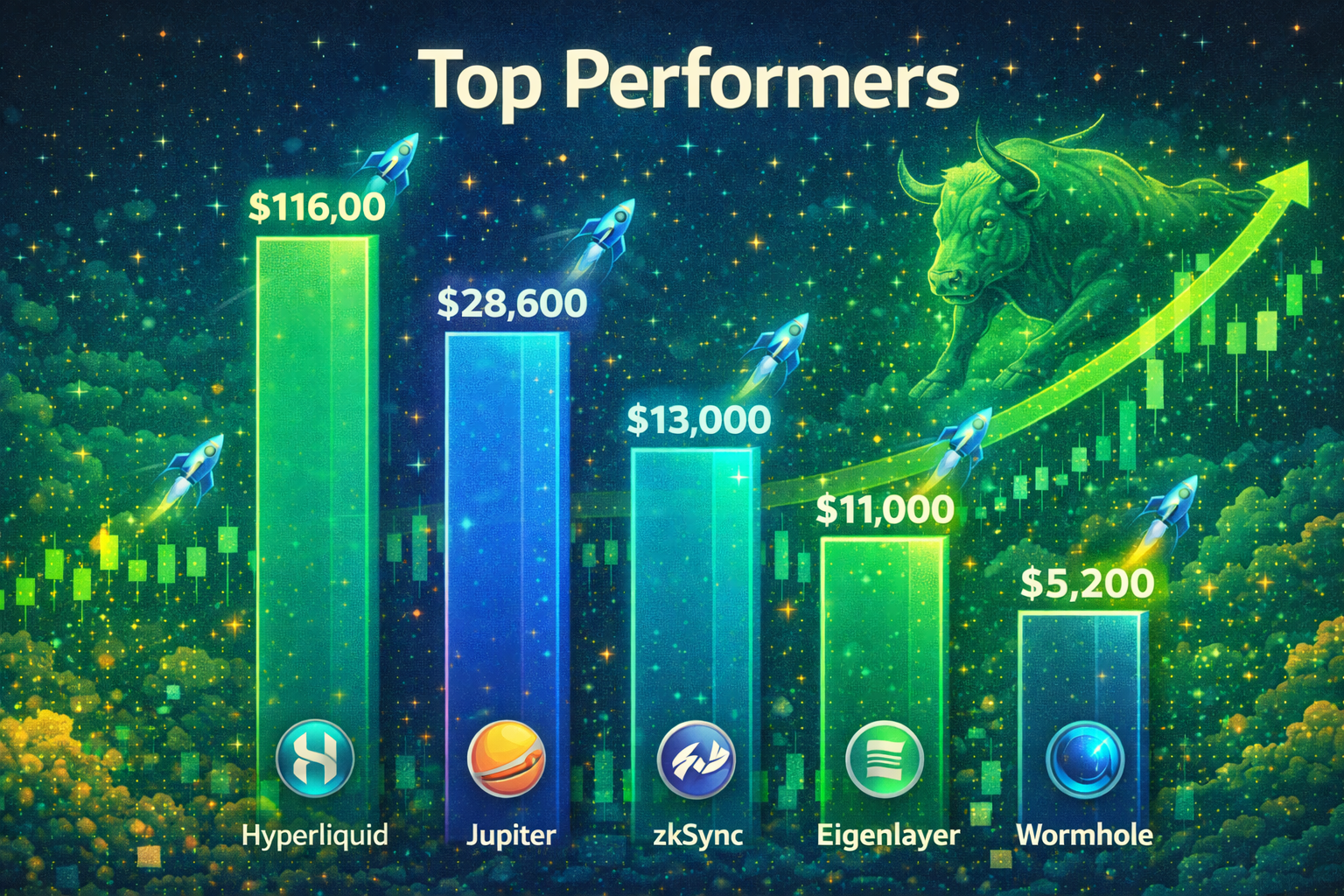Introduction to Crypto Mining
Cryptocurrency mining is one of the fundamental processes that powers the blockchain networks behind various digital currencies. Whether you’re interested in mining Bitcoin, Ethereum, or other altcoins, understanding the basics of crypto mining is essential for anyone looking to participate in this space. This guide will provide an introduction to crypto mining, covering how it works, what equipment is needed, and the profitability of mining digital currencies today.
1. What is Crypto Mining?
Overview:
Crypto mining is the process by which new units of cryptocurrency are created and added to the blockchain. Miners use powerful computers to solve complex mathematical problems, known as Proof of Work (PoW), which validate and secure transactions on the network. In return for their efforts, miners are rewarded with newly minted coins or transaction fees.
How Does It Work?
- Blockchain Verification: When a transaction is made on a cryptocurrency network, it is grouped with other transactions into a “block.” This block must be verified and added to the blockchain, a decentralized ledger that records all transactions.
- Solving Complex Algorithms: Miners compete to solve a complex mathematical puzzle associated with the block. The first miner to solve the puzzle gets to add the block to the blockchain and is rewarded with cryptocurrency.
- Proof of Work (PoW): This process, known as Proof of Work, ensures that the network remains secure and that all transactions are legitimate. It also prevents double-spending, where someone might attempt to use the same cryptocurrency more than once.
Why This Matters:
Understanding how crypto mining works is crucial for grasping the fundamental operations of blockchain technology. It highlights the decentralized nature of cryptocurrencies and explains why mining is an essential component of maintaining network security.
2. Types of Mining: CPU, GPU, and ASIC
Overview:
The type of hardware used for mining can significantly impact your success and profitability. There are three main types of mining hardware: CPU, GPU, and ASIC miners.
Types of Mining Hardware:
- CPU Mining: This is the most basic form of mining, using a computer’s central processing unit (CPU). While it was effective in the early days of Bitcoin, CPU mining is no longer profitable for most cryptocurrencies due to the high level of competition.
- GPU Mining: Graphics Processing Units (GPUs) are much more powerful than CPUs and have become the standard for mining many cryptocurrencies, such as Ethereum. GPUs are capable of performing many calculations simultaneously, making them well-suited for the complex algorithms used in mining.
- ASIC Mining: Application-Specific Integrated Circuits (ASICs) are custom-designed machines specifically built for mining a particular cryptocurrency. ASICs are incredibly efficient and powerful, but they are also expensive and can quickly become obsolete as mining difficulty increases.
Examples:
- Bitcoin Mining with ASICs: Bitcoin is primarily mined using ASICs, such as those produced by Bitmain, due to the cryptocurrency’s high difficulty level and competitive environment.
- Ethereum Mining with GPUs: Ethereum is commonly mined using GPUs from manufacturers like NVIDIA, as they offer a good balance of performance and energy efficiency.
Why This Matters:
Choosing the right mining hardware is critical for maximizing profitability. As mining becomes more competitive, using outdated or underpowered hardware can lead to higher energy costs and lower returns.

3. The Profitability of Crypto Mining
Overview:
One of the most important considerations for potential miners is whether mining will be profitable. The profitability of crypto mining depends on several factors, including the price of the cryptocurrency, the cost of electricity, the efficiency of the mining hardware, and the mining difficulty.
Factors Influencing Profitability:
- Cryptocurrency Price: The value of the cryptocurrency being mined is a major factor in determining profitability. Higher prices generally lead to higher rewards, but they also attract more miners, increasing competition.
- Electricity Costs: Mining requires a significant amount of electricity to run the hardware and cool the systems. In regions where electricity is expensive, mining may not be profitable.
- Mining Difficulty: As more miners join the network, the difficulty of solving the mathematical problems increases, reducing the chances of earning rewards.
- Hardware Efficiency: More efficient hardware can perform more calculations per second while consuming less electricity, improving profitability.
Examples:
- Bitcoin Mining Profitability: Bitcoin mining profitability fluctuates based on market conditions, with periods of high profitability followed by times when mining becomes less lucrative due to increased difficulty or lower prices.
- Ethereum 2.0 and Mining: With Ethereum transitioning to a Proof of Stake (PoS) system, traditional mining will be phased out, potentially affecting the profitability of existing GPU mining operations.
Why This Matters:
Understanding the factors that influence mining profitability can help potential miners make informed decisions about whether to invest in mining equipment and where to operate their mining rigs.
4. Environmental Impact of Crypto Mining
Overview:
Crypto mining has come under scrutiny for its environmental impact, particularly due to the significant amount of energy it consumes. As the popularity of cryptocurrencies has grown, so too has the concern over the carbon footprint of mining operations.
Environmental Considerations:
- Energy Consumption: The energy required to run mining hardware 24/7 can be substantial, especially for large-scale operations. This has led to concerns about the environmental sustainability of crypto mining.
- Carbon Footprint: In regions where electricity is generated from fossil fuels, crypto mining can contribute to increased greenhouse gas emissions. Some countries and companies are exploring renewable energy sources to power mining operations more sustainably.
- Regulatory Pressure: Governments and environmental organizations are increasingly calling for regulations on crypto mining to reduce its environmental impact. This includes proposals for carbon taxes or caps on energy consumption for mining operations.
Examples:
- Bitcoin Mining and Energy Use: The Cambridge Bitcoin Electricity Consumption Index tracks the energy consumption of Bitcoin mining, highlighting the significant environmental impact of the industry.
- Eco-Friendly Mining Operations: Some companies, like HydroMiner, are exploring the use of renewable energy sources, such as hydroelectric power, to run their mining operations more sustainably.
Why This Matters:
The environmental impact of crypto mining is an important consideration for both miners and the broader public. As awareness of climate change grows, the industry may face increased pressure to adopt more sustainable practices.
Conclusion
Cryptocurrency mining is a complex and rapidly evolving field that plays a crucial role in the functioning of blockchain networks. This introduction to crypto mining has covered the basics of how mining works, the types of hardware involved, the factors influencing profitability, and the environmental impact of mining operations. As the industry continues to grow, staying informed about the latest developments in mining technology and practices will be essential for anyone interested in participating in the crypto space.
For more insights and educational resources on cryptocurrency mining, visit our Crypto Mining section.
Stay Updated
For the latest updates on cryptocurrency mining and other related topics, follow us on:
Stay informed with the latest strategies and insights in the world of cryptocurrency at FreeCoins24.io.
Special Offer
Interested in starting your crypto mining journey? Sign up on Bybit today and claim up to $30,000 in deposit bonuses. Start trading and mining with confidence on a platform trusted by millions.
















